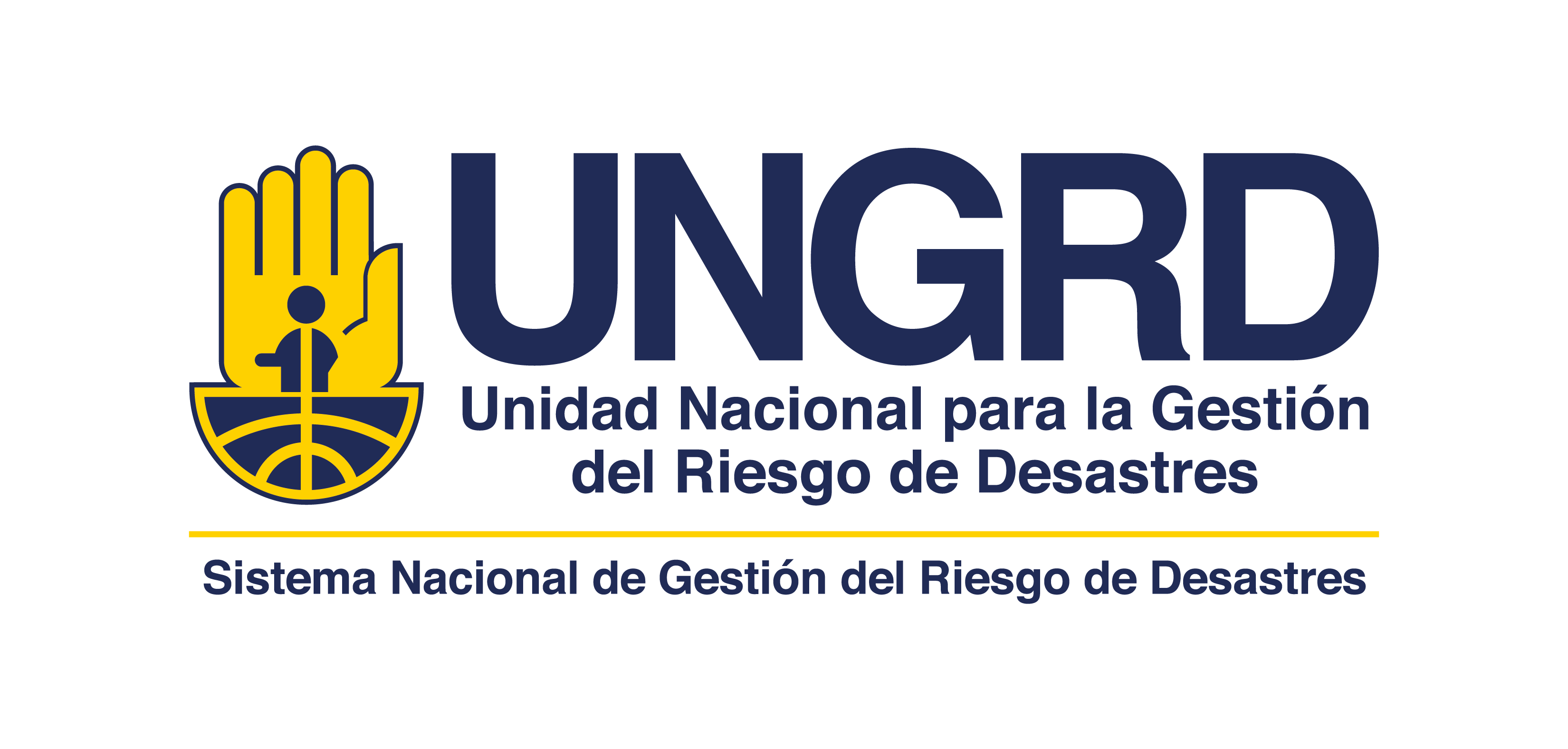 Libro
LibroImplicaciones ambientales de una región minera al suroeste del departamento de Antioquia, Colombia | |
| Autor: | Muñoz, V. |
| Otros Autores: | Osorio, O ; Rodríguez, C ; Vega, E. |
| Tema(s): | |
| Resumen: | In: Hermelín A., Michel, ed. Memorias. Medellín, Antioquia. Universidad EAFIT, Jul. 1992. v.1. v.1. Presentado en: Simposio Latinoamericano de Riesgo Geológico Urbano, 2; Conferencia Colombiana de Geología Ambiental, 2; Pereira, 15-18 jul. 1992. In the Amagá River watershed, Antioquia Department, Colombia, mineral resources are coal, sand, industrial clays and in lesser proportion gold. To assess the environmental impact of mining activities, basic geology, geomorphology, hydrology, sociology, economy, land use, climatology and mining technology studies were carried out. Coal mining operations produce the following environmental impacts: a. Subsidence, very notable in Angelópolis, where houses, schools, as small church and the old cemetery have been destroyed or damaged. b. Incorrect disposal of mining spoils contributes to increase solids in suspension in the streams and to damage agricultural soils. c. Heavy injury of miner's health. d. Air pollution by coal dust due tothe lack of well designed storage areas. Surface mining of sands and clays produces huge scars which ruin the aestetics of the area and a complete alteration of the land surface. Vegetation and topsoil are totally removed. The production of sand gravel from a weathered quartzmonzonite stocr is carried out by washing them material to remove silt and clay. Most operators simply discharge the wash into the closest superficial stream, subsequently increasing turbidity and leading to siltation with the resultant loss of fish-spawning areas and other aquatic habitats. Surprisingly the disposal waters of the coal mines in Amagá -Angelópolis area are not acid, which is not normally the case almost anywhere in the world. Their pH could be the result of weathering of sodic-calcic feldspars rich rocks lying in the viciby of the coal beds (AU). / ANTIOQUIA |
| Item type | Current location | Collection | Call number | Copy number | Status | Date due | Barcode |
|---|---|---|---|---|---|---|---|
|
|
Biblioteca Central Fondo general | PA | Ej. 1 | No prestable |
In: Hermelín A., Michel, ed. Memorias. Medellín, Antioquia. Universidad EAFIT, Jul. 1992. v.1. v.1. Presentado en: Simposio Latinoamericano de Riesgo Geológico Urbano, 2; Conferencia Colombiana de Geología Ambiental, 2; Pereira, 15-18 jul. 1992. In the Amagá River watershed, Antioquia Department, Colombia, mineral resources are coal, sand, industrial clays and in lesser proportion gold. To assess the environmental impact of mining activities, basic geology, geomorphology, hydrology, sociology, economy, land use, climatology and mining technology studies were carried out. Coal mining operations produce the following environmental impacts: a. Subsidence, very notable in Angelópolis, where houses, schools, as small church and the old cemetery have been destroyed or damaged. b. Incorrect disposal of mining spoils contributes to increase solids in suspension in the streams and to damage agricultural soils. c. Heavy injury of miner's health. d. Air pollution by coal dust due tothe lack of well designed storage areas. Surface mining of sands and clays produces huge scars which ruin the aestetics of the area and a complete alteration of the land surface. Vegetation and topsoil are totally removed. The production of sand gravel from a weathered quartzmonzonite stocr is carried out by washing them material to remove silt and clay. Most operators simply discharge the wash into the closest superficial stream, subsequently increasing turbidity and leading to siltation with the resultant loss of fish-spawning areas and other aquatic habitats. Surprisingly the disposal waters of the coal mines in Amagá -Angelópolis area are not acid, which is not normally the case almost anywhere in the world. Their pH could be the result of weathering of sodic-calcic feldspars rich rocks lying in the viciby of the coal beds (AU). / ANTIOQUIA






There are no comments for this item.